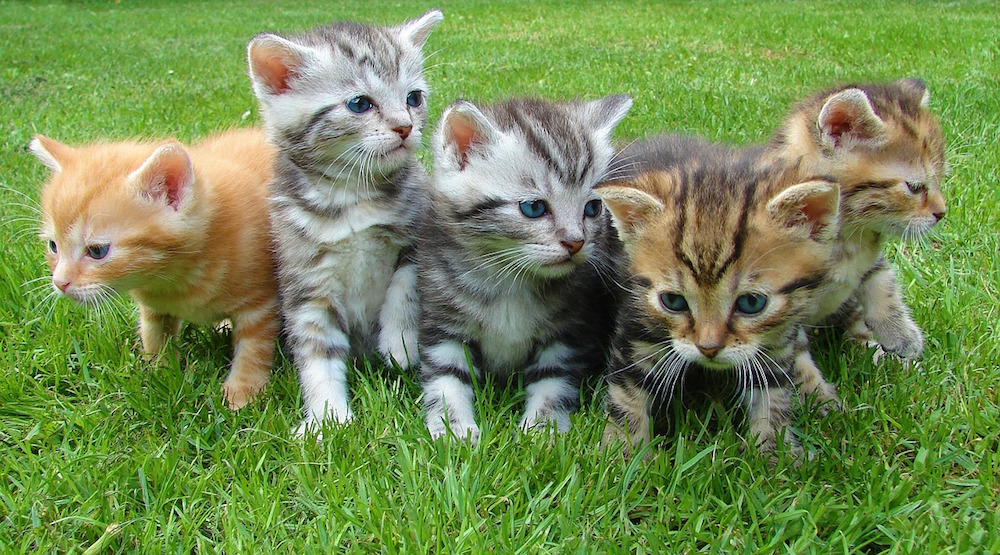


Note: Below is the script for the video, above. You may want to just watch the video instead. While we have you, why don’t you subscribe to Popular Science on YouTube?
Female cats, also called “queens,” usually give birth to litters of 3 to 5 kittens, but as many as 19 have been born at once. And while it’s true that every kitten on this earth is cute in its own way, even those from the same litter can look completely different. Which, frankly, explains a lot about The Aristocats.
This is because queens can be impregnated by more than one male, or tomcat, during a single ovulation period. It’s a phenomenon called “heteropaternal superfecundation.”
Think of these kittens like fraternal twins—genetically different and occupying the uterus together—but instead of one male fertilizing multiple eggs, each kitten could be sired by a different tom. This has been reported in other mammals, too, including dogs, cows, and, though its rare, even humans.
You could see why it would be evolutionarily advantageous: the more tomcats a queen mates with, the more likely she is to have kittens. And it’s not like she cares that one of her brood has gray stripes and another one has orange spots. Her genetic makeup is in every one of these little fluffs.
Oh, and while we’re on the subject: do your part to ensure every little furball has a loving home by spaying or neutering your pets.
Subscribe to Popular Science on YouTube.